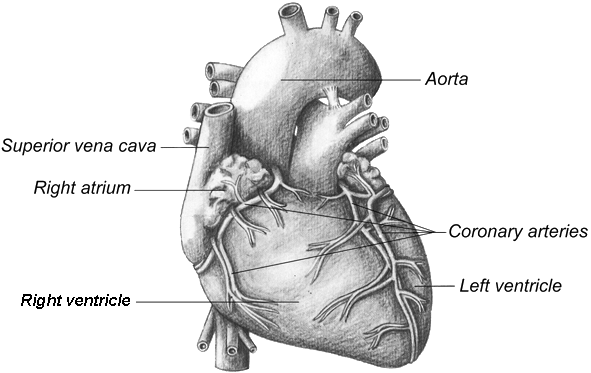
Coronary
artery disease (CAD) remains the number 1 cause of death and disability in all
developed countries for both men and women. Preventing CAD remains the leading
challenge to biomedical researchers and public health workers today. Several
epidemiological studies have proved that life style change can reduce the risks
for CAD
Cardiovascular risk
factors
We
mean as risk factor an attribute (such as an habit) or exposure to some
environmental hazard that leads the subject concerned to have a greater
likelihood of developing an illness.
Cardiovascular
disease is multifactorial in nature. Furthermore, it has become increasingly
clear that risk factors for cardiovascular disease tend to cluster in
individuals, and that multiple risk factors have a multiplicative effect on
coronary risk. Since the first result of the Framinghan study in the 1960s, risk
factors assessment has been increasingly recognized as the most effective means
of managing cardiovascular disease. But the emerging concept of the new
millennium is that we have to look at the “total risk” rather than looking
at primary and secondary prevention as discrete entities.
The most common cardiovascular risk factors are:
q
Age
(men ³
45 y, women ³
55 y or postmenopausal)
q
hypertension
q
diabetes
q
smoking
q
HDL < 35 mg/dL
q
Family history of
coronary artery disease in first-degree relatives (in male relatives < 55y,
female relatives < 65y)
Subtract
1 risk factor from the number of positive risk factors
Lifestyle targets for all patients
q
Stop smoking
q
Make healthier food
choice
q
Increase aerobic
exercise
q
Moderate alcohol
consumption
press left arrow in your browser for previous page
[Home]